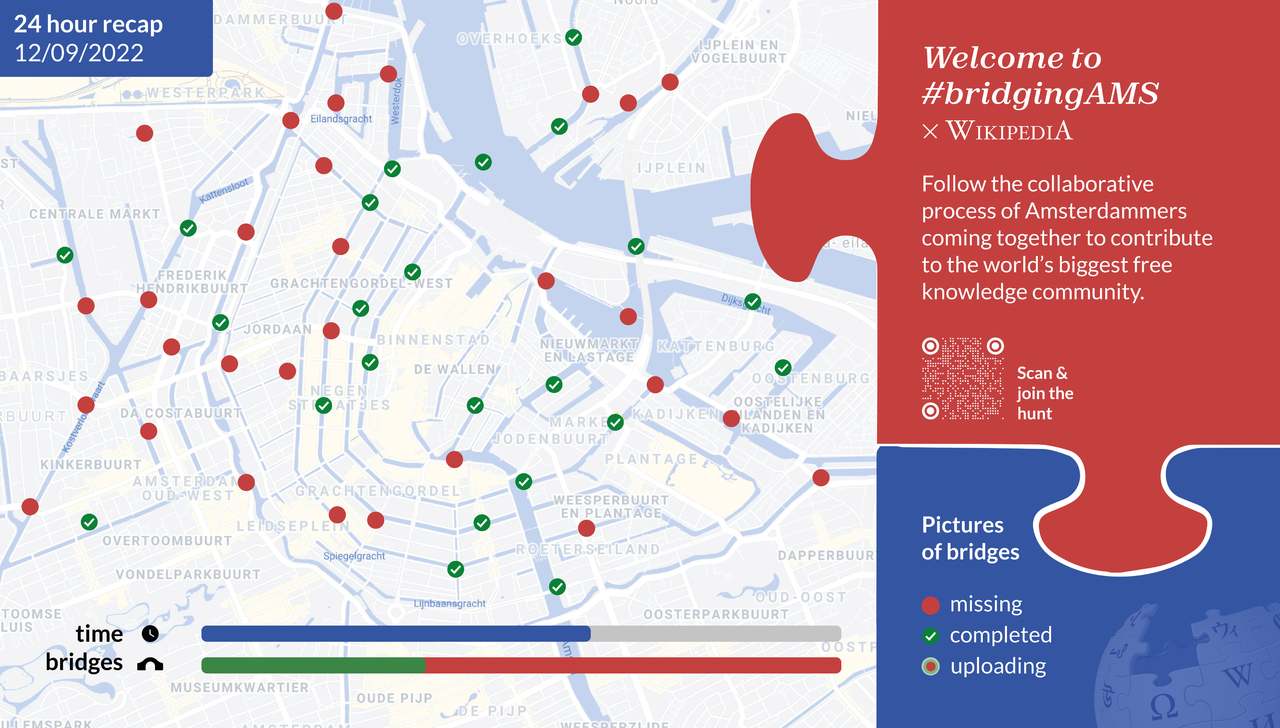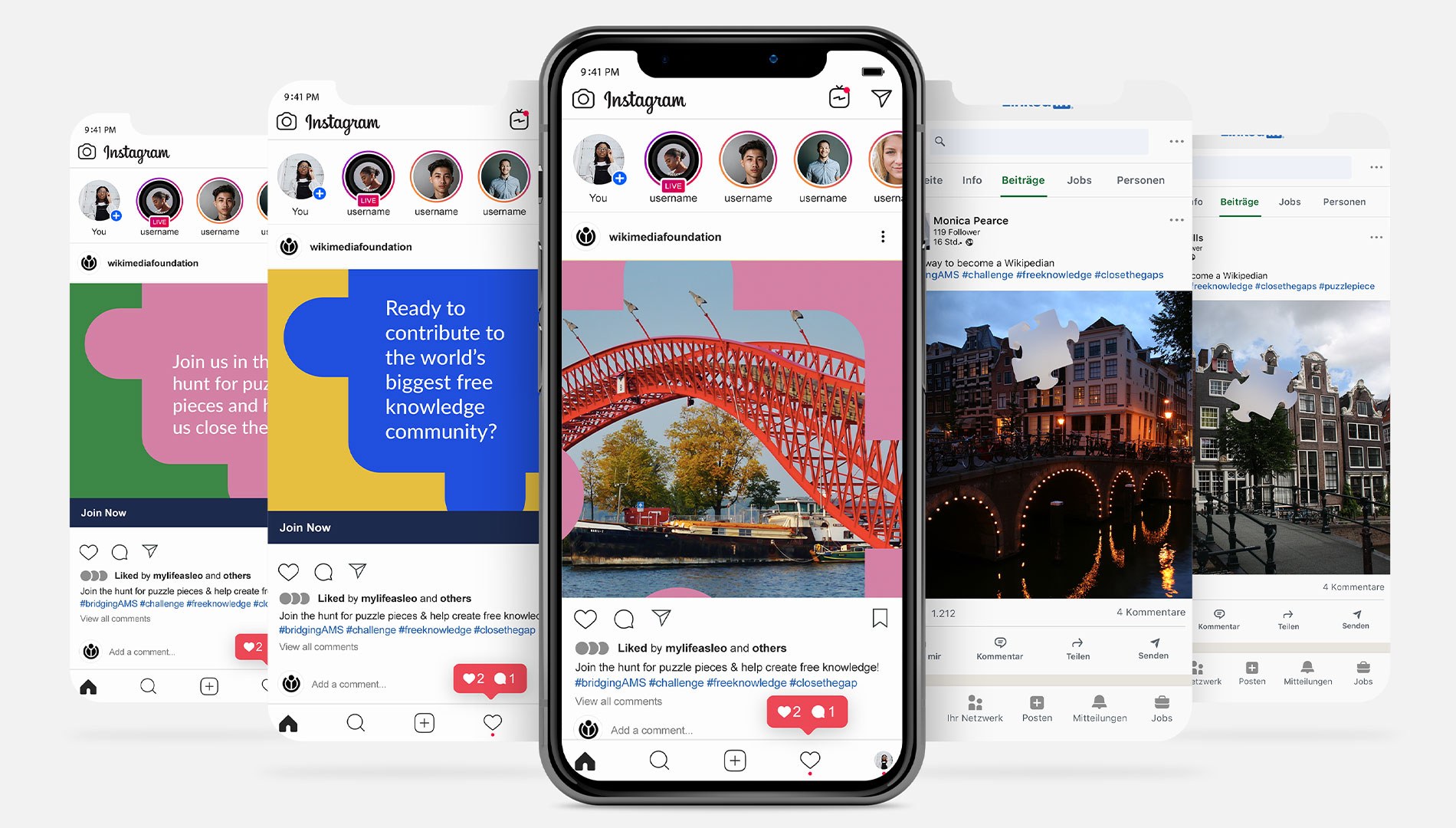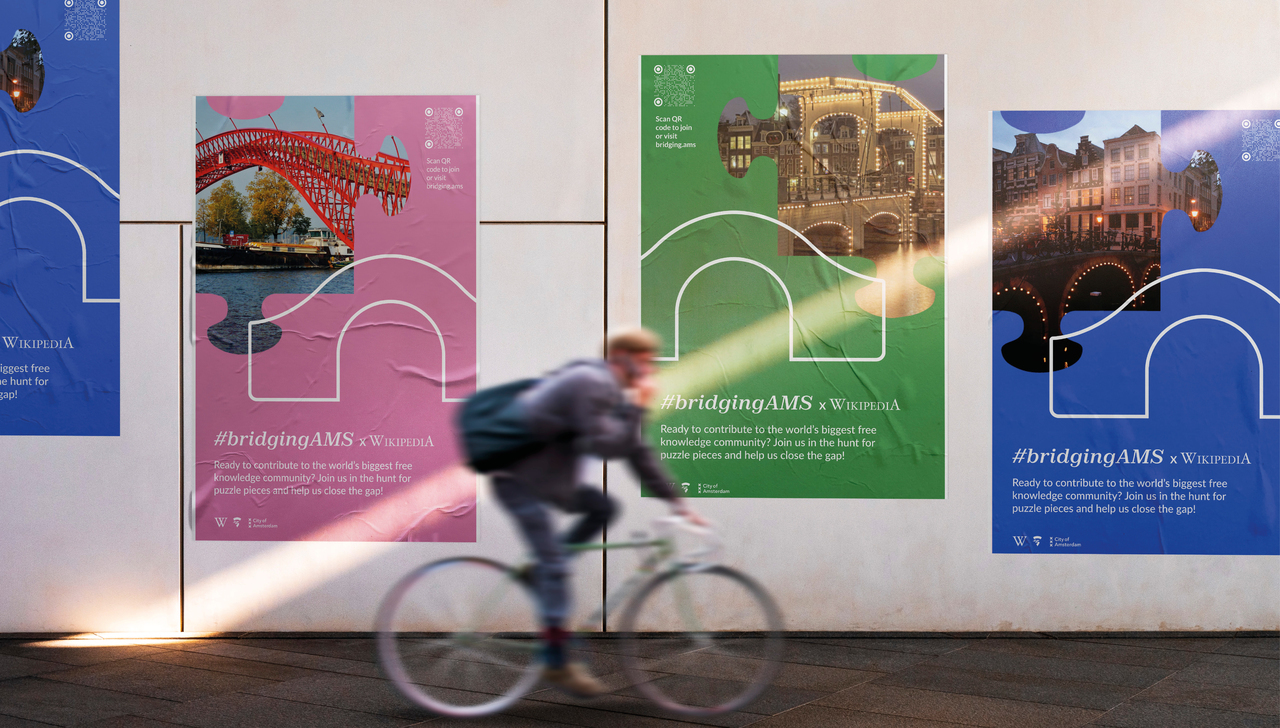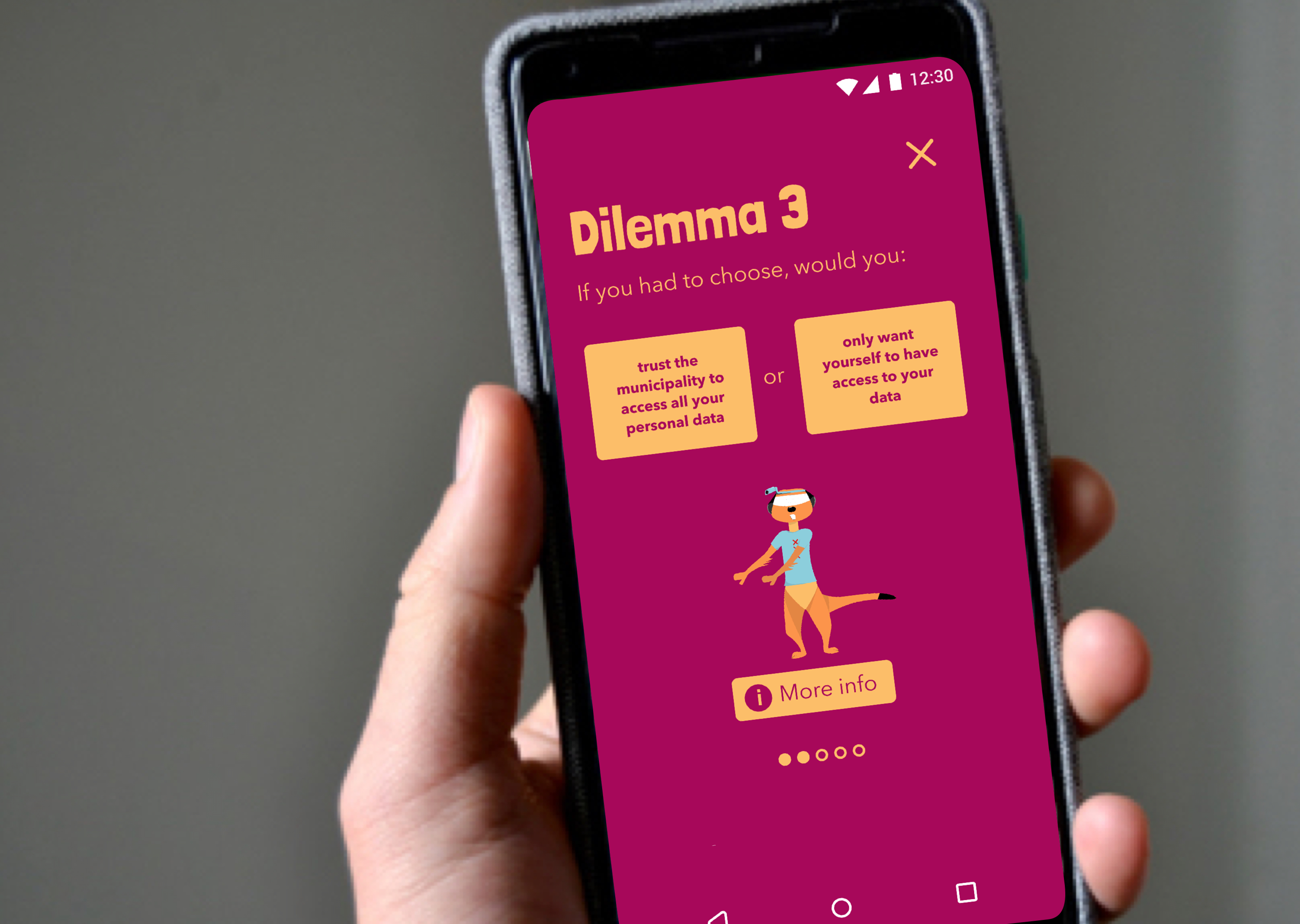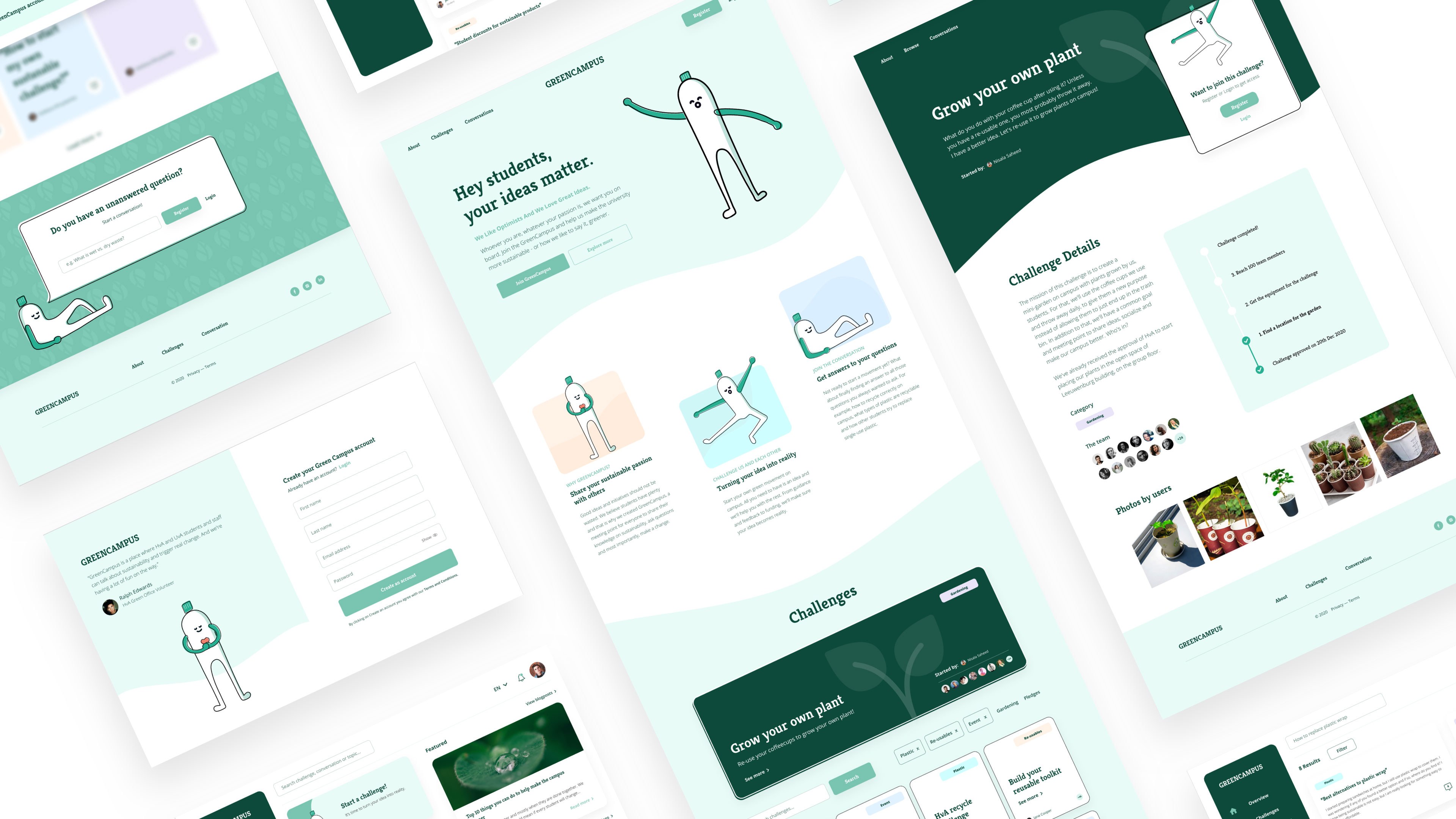
#bridgingAMS
Bridging the digital world and community of Wikipedia to the physical world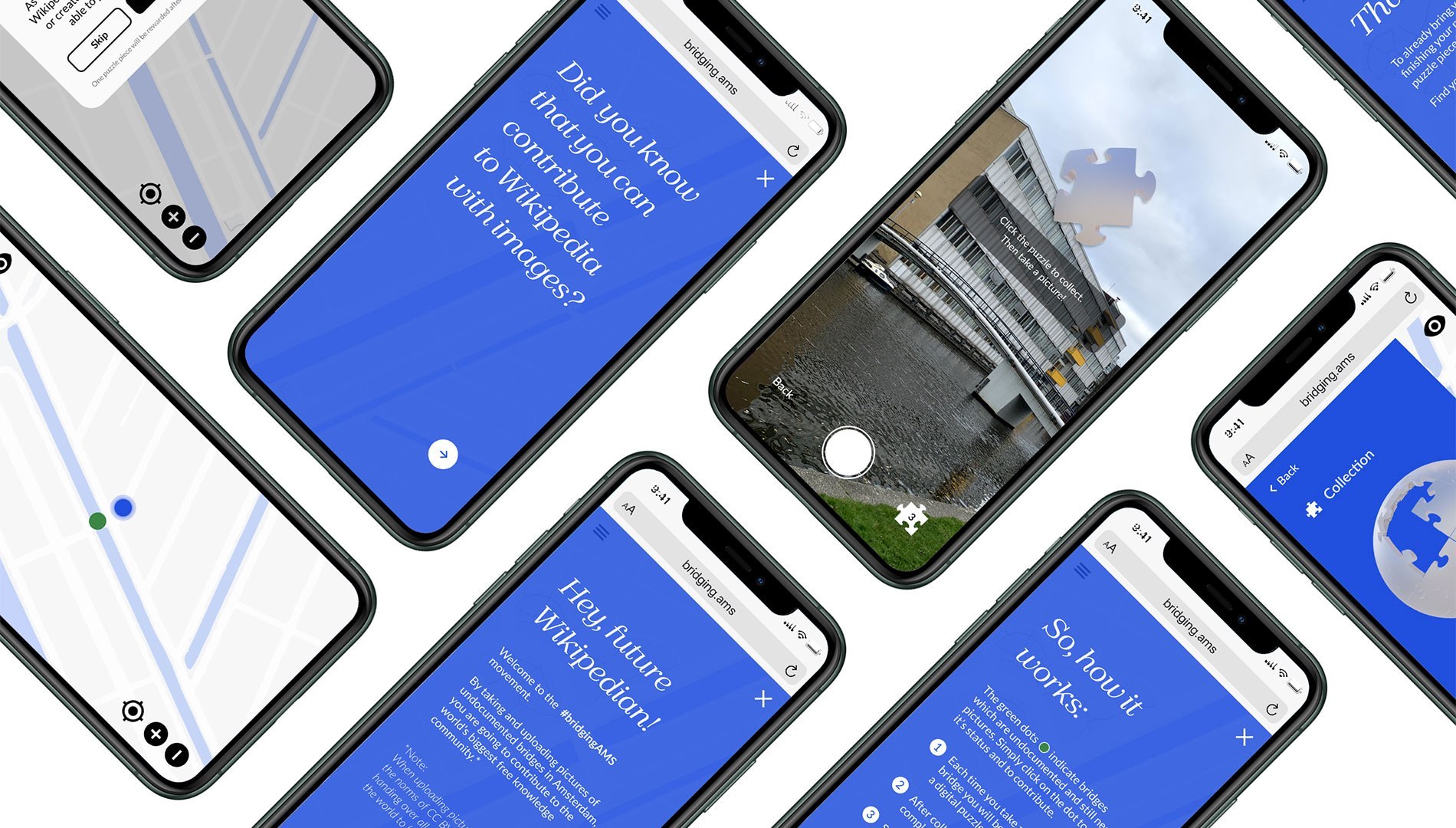
-
Client:
Wikimedia Foundation
- Team:
-
Disciplines:
Product Design, Experience Design
-
Schoolyear:
2021-2022
Many people who read Wikipedia are not aware of the complex social and technical dynamics that are at the base of its functioning. Each element of Wikipedia is produced and edited by users (and, sometimes, by automated systems called bots). But only a few people 9usually white, male, from Europe or Northern America with a higher educational background) actively contribute to the platform. That is why we got presented with the challenge to open Wikipedia to a more diverse audience and to show how easy and fun it is to become a Wikipedian – an active, contributing member to the Wikipedia community.
Physical vs digital
As an online resource, Wikipedia is also often perceived as “virtual” and detached from the physical world. Wikipedia’s pages exist primarily on the web, and not as “things” that can be experienced in a physical location in the world (even though, of course, versions of Wikipedia can be printed and/or saved, and some experiments have been done in this sense).
As a community, Wikipedia struggles in involving more diverse contributors/editors with diverse backgrounds (in terms of ethnicity, gender, socio-economic status, etc.).
The Italian branch of the Wikimedia Foundation challenged us to design and prototype a physical installation with digital components that materializes some aspects of Wikipedia, its community, and its socio-technical context. The purpose of the project was to create a connection between some parts of Wikipedia and some places/objects in the physical world.
Interviewing the Wikipedians
To ensure a successful outcome, our research is based on literature and media reviews and a wide range of interviews. We conducted several interviews where we talked with contributors as well as with the Head of Research and the Community Relations Specialist at Wikimedia Foundation. They provided great insights on community engagement and current resources. In order to approach our target audiences, we also talked with several international students from the Amsterdam University of Applied Science (AUAS) to understand more of their relationship with Wikipedia and contributing to the digital world in general. Most of their relationship with Wikipedia is static, which stays at acquiring information.
Workshop
To gain a better understanding, a spin-off of the Edit-a-thon was held which was followed by a brief discussion. We organized a workshop with students where all of them signed up as contributors to edit an article of their choice. The insights and feedback we got were immensely helpful and valuable, showing us the steps and thresholds people need to go through in the process of becoming a Wikipedian.
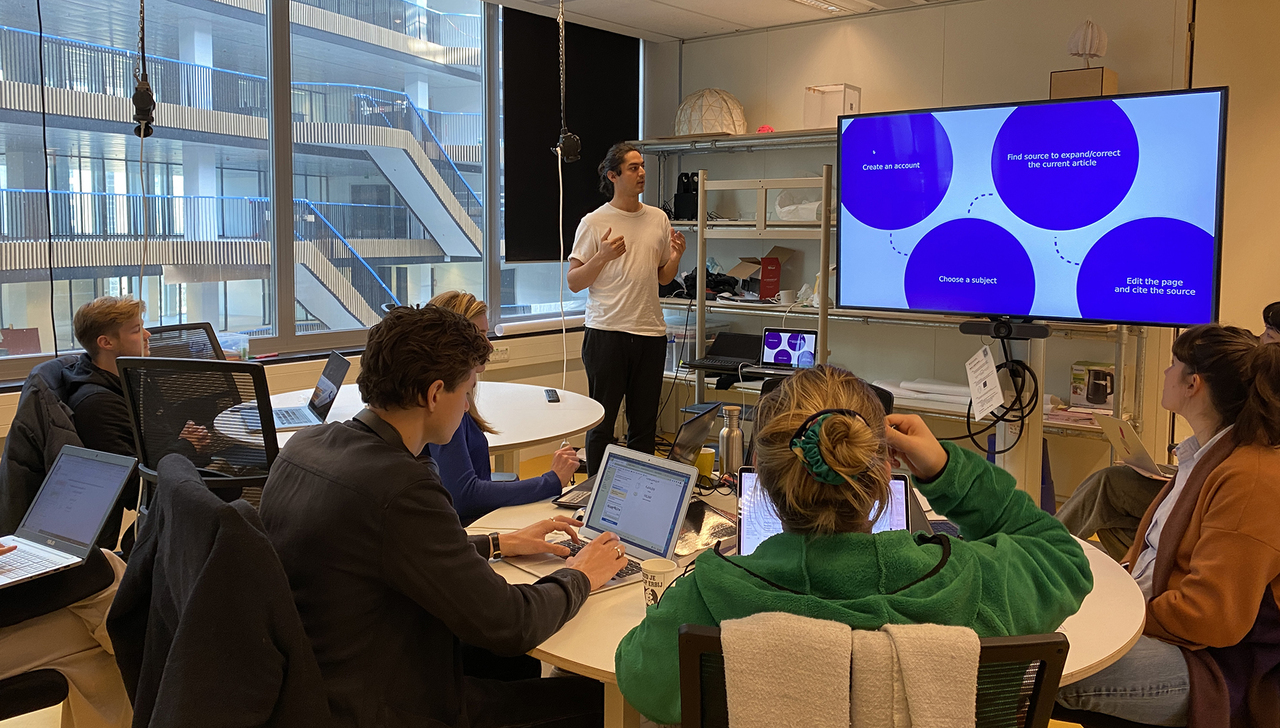
Prototype as inquiry
Furthermore, to explore how inclined people are to interact with a physical installation in public, we placed a simple button, which plays the sound of the website “Listen to Wikipedia,” in libraries and train stations to observe if people would engage with something as little as that. We learned that a clear call-to-action is needed and that also a physical installation, like originally planned, might not be suitable for this problem space.
During ideation, we thought about creating interactive games around football where scoring symbolized the difficulty level of editing and contributing. We also loved the idea of creating 360 boxes which contain information on different subjects. They were discarded later due to feasibility and relevance. While finalizing our final idea, we added interactions powered by augmented reality at last because the initial version’s lack of engagement and fun.
Building bridges
Our main idea is to create a movement enabling people around the globe to upload pictures of various locations to Wikimedia Commons through a scavenger hunt searching for puzzle pieces hovering around, in our case, bridges. This could easily be scaled towards different cities around the world with different points of contribution, such as monuments, graffiti, or other important sights.
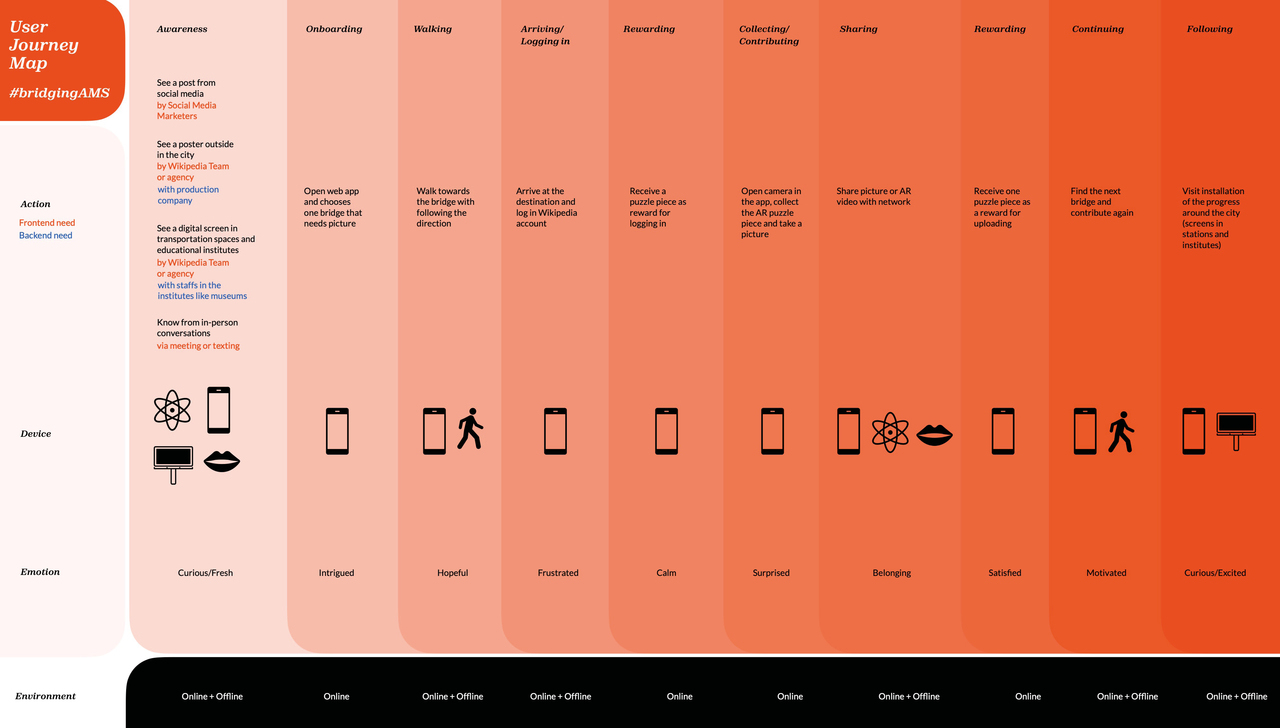
The movement is initiated by a campaign talking about collecting puzzle pieces around the city. The experience involves people gathering puzzle pieces as collectibles whenever they reach the location. After collecting the piece, the app asks to take a good picture of the object so it will be sent directly to Wikimedia Commons where all the material is licensed under Creative Commons, meaning it is free to be used by anyone.

Since we are in the Netherlands, the challenge #BridgingAMS is about submitting pictures of undocumented bridges in Amsterdam. This concept would work for other cities too, for example, monuments in Milan, pubs in London or temples in Bali.
